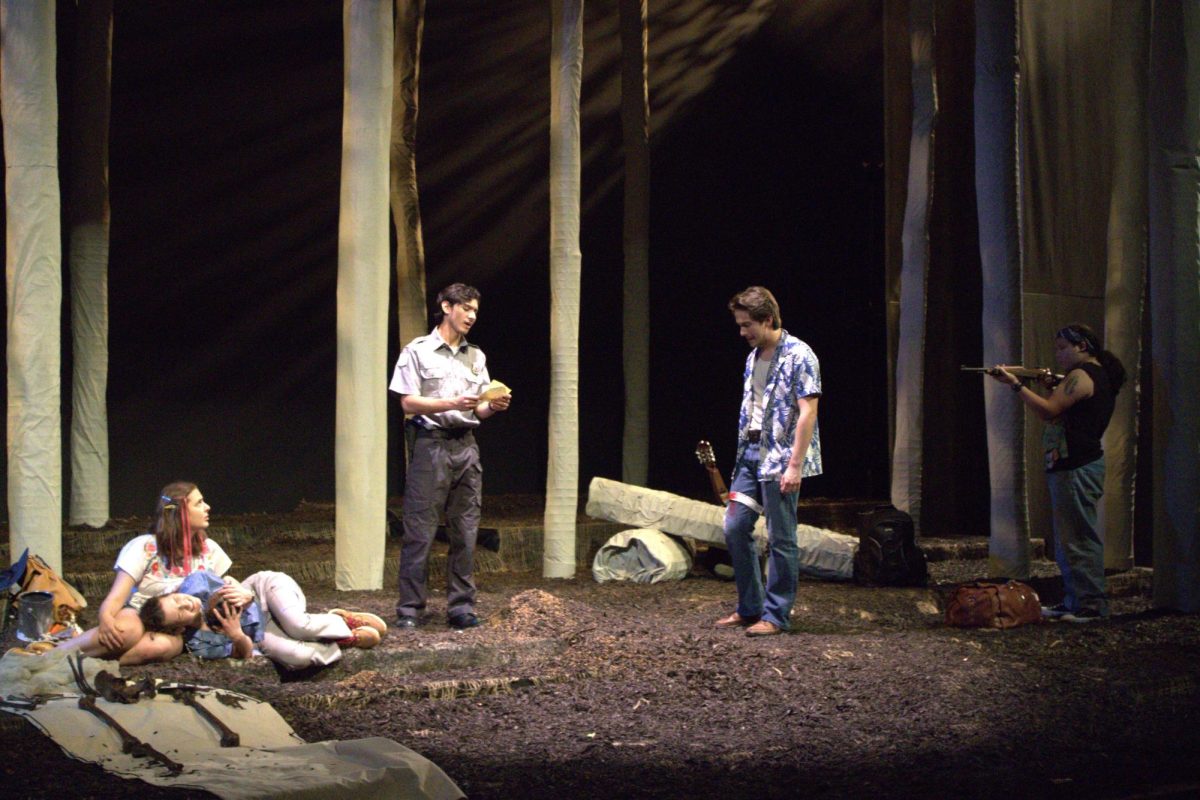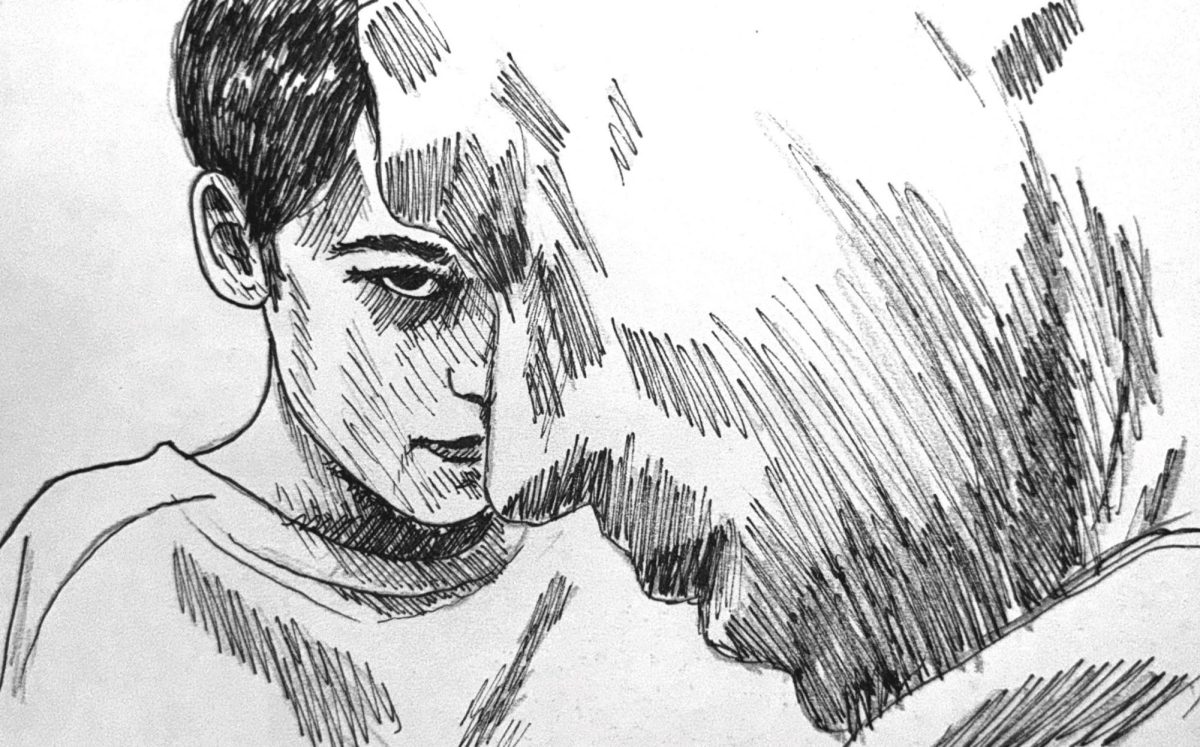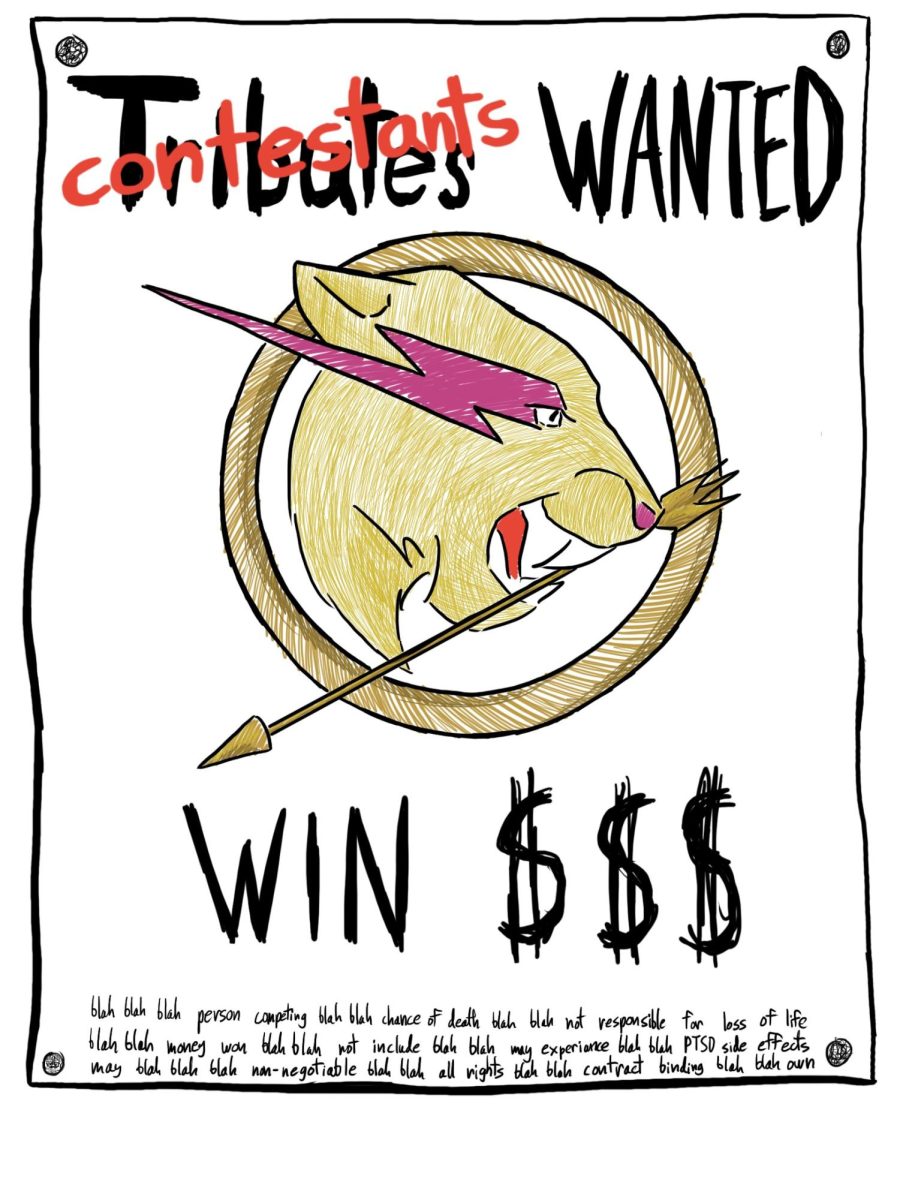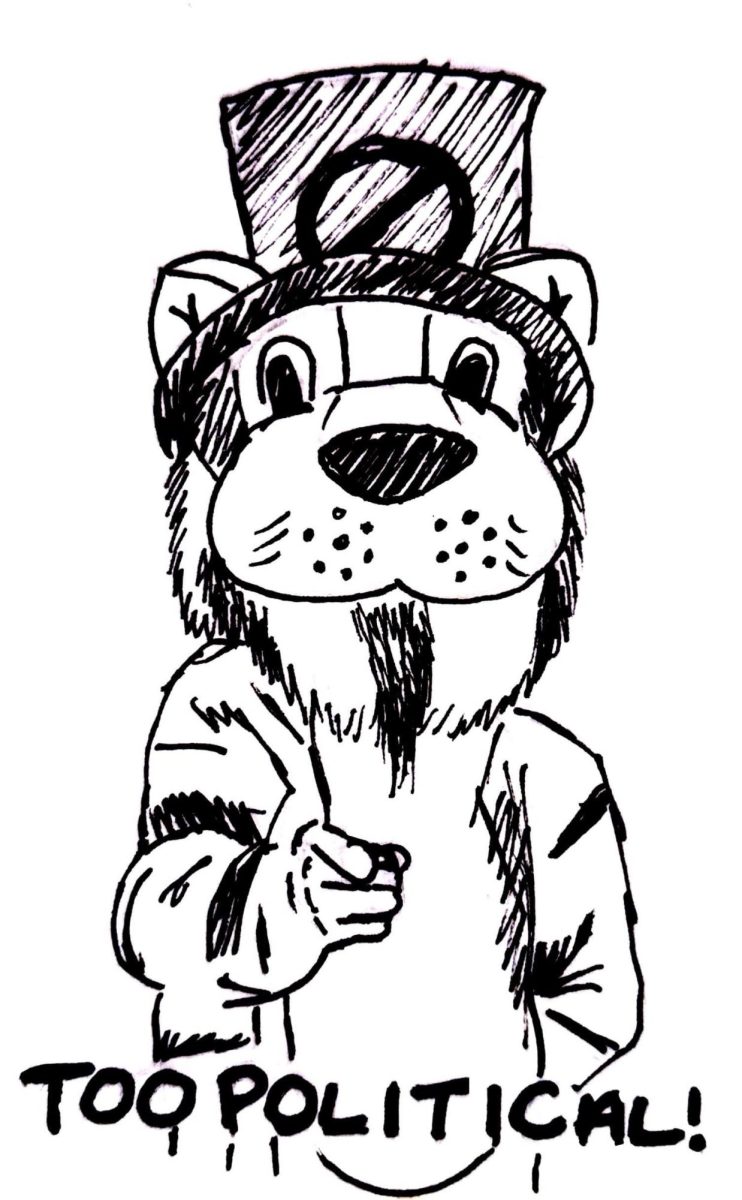Illustration by Andrea Nebhut
When Ben Lerner was my age, he was a Fulbright Scholar, he was in the running to be a MacArthur fellow and he would go on to enter into many other clubs that end with the illustrious title of fellow. That preface is to maintain the fact that my review of his book “The Topeka School” doesn’t come from the standpoint of a seasoned literary reviewer but from a growing admirer, one who stumbled upon the book because it was shortlisted for another sort of award. That is, it was on Barack Obama’s list of favorite books he read in 2019.
Set in Ben Lerner’s hometown of Topeka, Kansas, the book follows members of the Gordon family — Adam, Jane and Jonathan — with each chapter dedicated a specific character. None of the family stories throughout the novel follows a linear chronology but each starts in 1997.
Adam is a debate star with a quintessential high school romance weighing on his mind, Jane enters a prosperous time in her writing career, and Jonathan is in a period of malaise in his psychiatric practice. The pace and direction of the novel is led by the book’s other main character Darren. His chapters are brief, styled in italics and intend to capture the mind of a developmentally disabled individual.
From there, Lerner jumps the reader through varying points in each of his characters’ chaotic lives. At times, these jumps are disorienting and the perspective of his characters are unclear; the only mooring is the beginning of a new chapter.
In between the sections that focus on the Gordon family is the timeline of Darren, a man trapped in adolescence, an adolescence that Lerner uses to symbolize America. Lerner reveals through the characters of his novel how they each display their own degrees of adolescence, each a part of regressive engine that has become the American zeitgeist.
Much of “The Topeka School” is eerily beautiful, from its descriptions of Adam’s addled mind to its haunting retelling of the traumas of Jane’s life. Yet what I believe to be the most powerful aspect of the novel is Lerner’s playful and deliberate use of language and how through each of the characters stories. Lerner discusses the various techniques Adam uses to harness the dominating force that is language, juxtaposing that with Jane’s use of language as a conduit for the pains and struggles of being a mother.
Comparing to both of them, Lerner uses Jonathan as a vessel to discuss the idea of the “breaking down of language” or the complete forgoing of conventional speech patterns and the speaker entering a trance-like state where they have no idea what the words they speak are or how they know them, yet they understand them.
This deconstruction of language is mirrored in the novel by its subtle documenting of the slowly growing divide in America. Lerner alludes to how middle America grew isolated and hateful while the coasts grew elite and arrogant and how a fundamental breakdown of language as a means of communication thus created what Lerner calls “the spread.” The spread is a debate tactic where the speaker overwhelms their opponent with a gargantuan amount of arguments, leaving them no time to cover all of them and all the arguments that go unchecked are then scored as a victory for the user of the spread.
For Lerner, the spread is how America uses language — not as a tool of communication and understanding, but one of dominance and power, where one doesn’t intend to listen to the other side but just wants to silence them with their own thoughts.
His novel doesn’t end with a solution to the problem. In many ways his novel is more a report to the academy that is America right now, meant to stifle the current discourse and wake us up from the daze we are in; to stir America from the adolescent slumber it has been in for far too long.






